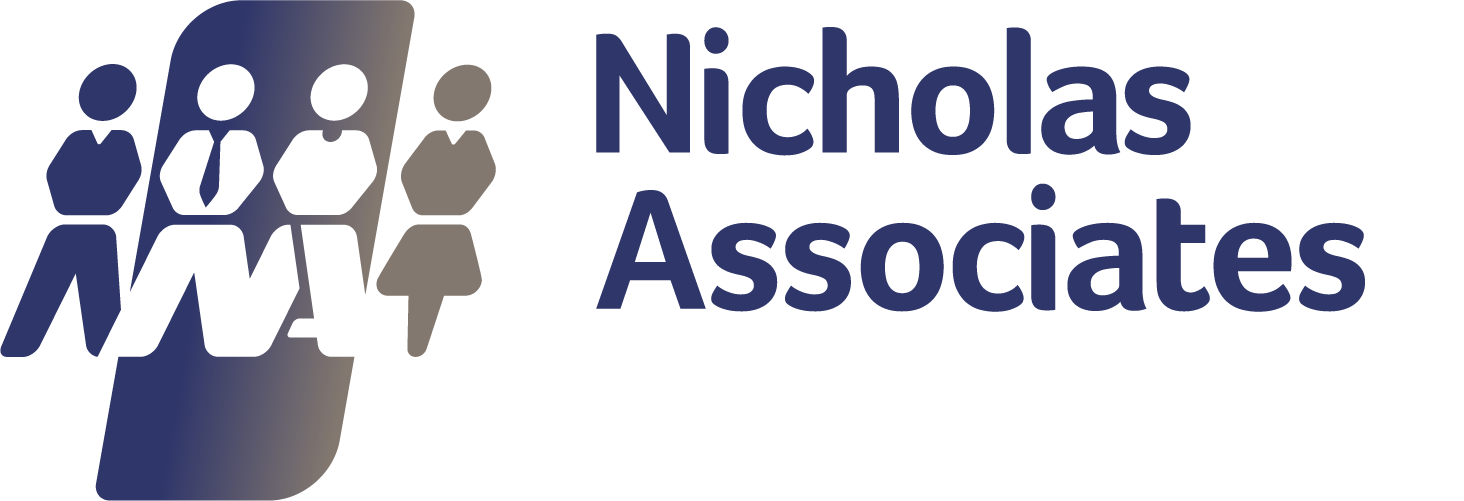Returning to the office - Interview with Rob Day
As businesses prepare to bring staff back into offices, a number of factors must be considered to ensure they not only feel comfortable but incentivised to do so. We interview Rob Day, Chairman & Founder of workplace design and commercial office fit-out specialists Blueprint Interiors.
While the pandemic stimulated a rapid switch to homeworking, the past year has given rise to a debate over the future of offices. The move to more agile hybrid ways of working was happening anyway. The pandemic has merely accelerated the trend, and companies that had already adopted agile working found the forced transition to home working much easier.
Whether businesses are considering downsizing, moving out of cities, or even closing offices, now that we have the Government’s roadmap out of lockdown, how staff will return to their workplace is a major item on the boardroom agenda of most businesses.
One thing is clear, employees will not, or certainly should not, be coming back to an identical environment. Whilst 2020 may have shown that an office is not a requirement for effective working, many employees are saying that they have missed the social aspects of being in the office, working together in a collaborative environment and the sense of belonging they gain from being part of a community.
At the most basic level, offices must be adjusted in light of the pandemic to be safe, and a deep clean performed, but if companies are going to successfully entice workers back and make them comfortable enough to return, there needs to some compelling reasons that make the proposition appealing.
After the flexibility workers have experienced at home, to move their workspace around, shift schedules, even get out in the garden, offices will have to be able to offer a desirable environment and be somewhere staff actually want to be.
The office is not dead, but it will be designed very differently and require tailored fit-outs to meet the needs of tenants. Offices will no longer be rows of desks that people sit at to carry out tasks that could just as easily be done at home.
The days of row after row of desks is being left behind in favour of agile and flexible offices with spaces that are designed to enable people to flourish and collaborate, as “free-range” human beings rather than “battery-chicken” employees.
Compelling reasons to return to a safe working environment
Where some staff will be raring to re-enter the office, others may well be nervous. Either way, they need to be reassured that it is fit for purpose and is being maintained to high standards.
Employees will be looking for more from their employers, and we have outlined how to get your people back into the office post covid in our “People-First Office Fit Out Guide.”
With greater flexibility expected, the technology tools to facilitate teamwork and innovation will be more valued than ever.
People are much more aware of the things they need in order to be productive and happy, and they’ll also want these things to be provided for them in their workplace environment. With this, employers and HR teams must cater for staff as they prepare for the return of their people. If not, businesses will risk losing their talent to companies that can fulfil these needs.
Well-being and human-centric design will be vital moving forward now employers have been reminded of the value of their people and the importance of their physical and mental health and wellbeing for the productivity of the business.
Responding to this, offices are being designed with COVID-secure measures in mind, with the layout being reconsidered, social distancing and flow management being built-in, as well as sanitiser stations, screens, and PPE provisions, to protect staff and give them peace of mind. Cleaning arrangements should also be reviewed, implementing for example daily wipe downs of phones, keyboards, et al. with anti-viral cleaner, and touch-free technology will become key alongside sensor-based lights and foot pedals for hand sanitiser and doors, and keyless entry to replace touchpoints.
Meanwhile, with a desire for better work environments other wellbeing design factors to be considered include cleaner air – with good ventilation, the risk of spreading COVID-19 is reduced, with fresh air or mechanical systems preferable – enhanced natural light, natural stress reducing elements like plants (which also improve air quality), showers and changing facilities for those that cycle to work, and designated relaxation areas.
Community workspaces
Moreover, workplaces need to be agile and adaptable, allowing people to work how is best for them and provide the resources for this. This might involve activity-based communal spaces styled with furniture and technology that can be moved and adjusted based on purpose, and that cannot be replicated in remote working. Providing a variety of different spaces/work environments – whether separated clearly by walls, partitions, colour choices or furniture – is also important, from enhanced informal break-out spaces for collaboration and brainstorming to cafes for downtime, and private areas for reflection and focus. Better video conferencing setups are also going to be essential going forwards as a remote and in-person working mix.
The WELL Building Standard Health-Safety Rating
Though many will be looking to risk assessments and general health and safety protocols as they get ready to reopen offices, this is really the minimum acceptable.
To give staff true peace of mind that the office is properly prepared there are new standards that can be achieved, the WELL Building Standard’s Health-Safety Rating, informed by over 600 experts from the Task Force on COVID-19, for instance, provides accreditation that the workplace has been adapted to higher standards, indicating that everything one can reasonably do has been done, exceeding health and safety requirements. The rating, which offers advice on operational interventions that can be made to inhibit the spread of Coronavirus, focuses on five areas: cleaning and sanitisation procedures, health service resources, emergency preparedness programs, air and water quality management, stakeholder engagement and communication.
With changing priorities, businesses must adjust their offices to create workplaces promoting productivity and wellbeing, spaces that meet fundamental human as well as job-based needs, and employers should ensure they understand what these are ahead of any transformation plans, offering opportunities for staff to raise concerns and opinions.
The office must illustrate its worth to employees.
Take Advantage of Tax Relief
Finally, if you are considering how to redesign your workplace, you might want to consider using the super deduction tax break that was announced by Government in the Budget. The scheme is intended to be highly beneficial for businesses and the Government has hopes that it will aid economic recovery by encouraging businesses to invest in themselves.
The super-deduction tax break allows businesses to claim back 130% of expenditure for new (or first-year) business equipment against their taxable profits. This applies to qualifying purchases between 1 April 2021 and 31 March 2023 and includes technology and office furniture.
For more information about Blueprint Interiors please visit: www.blueprintinteriors.co.uk
Blueprint Interiors LinkedIn
Connect with Rob Day on LinkedIn




